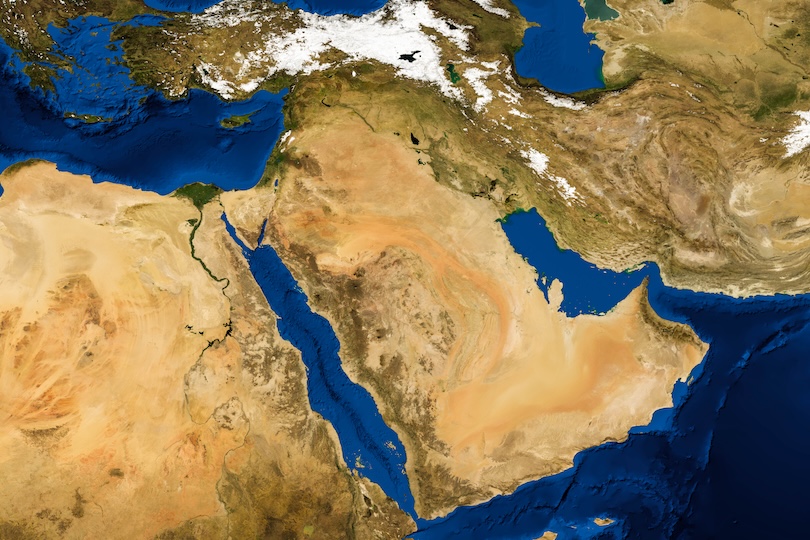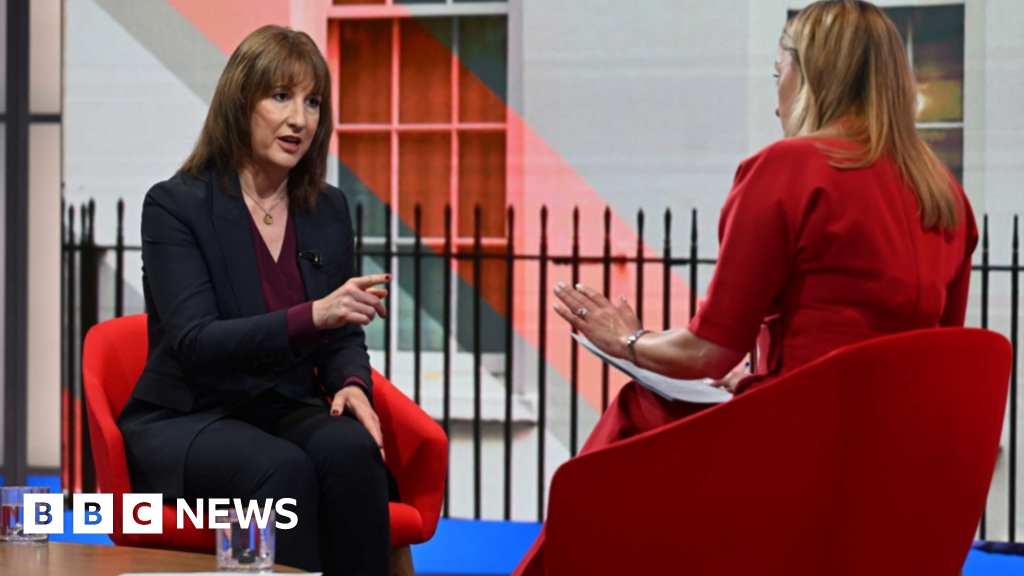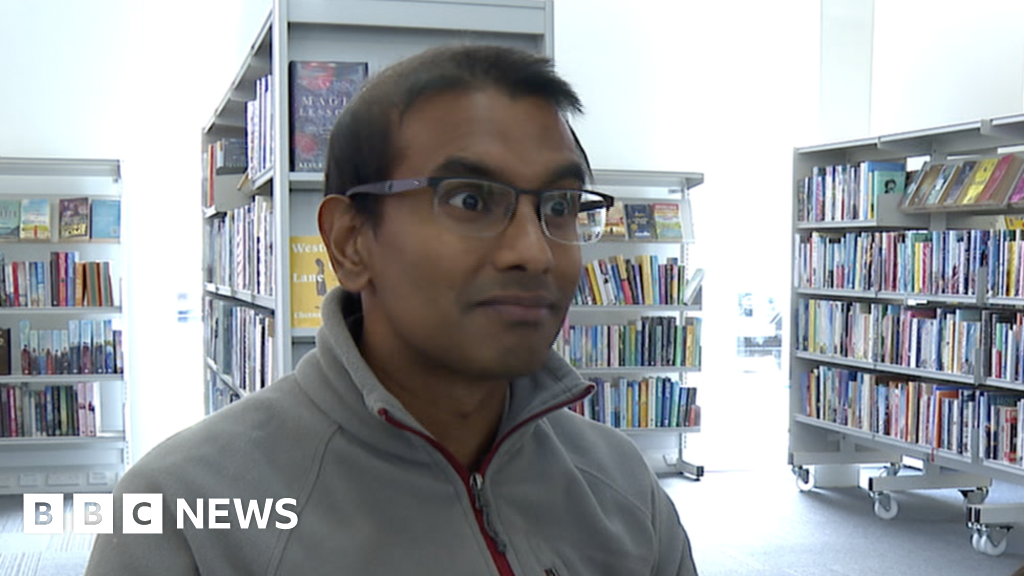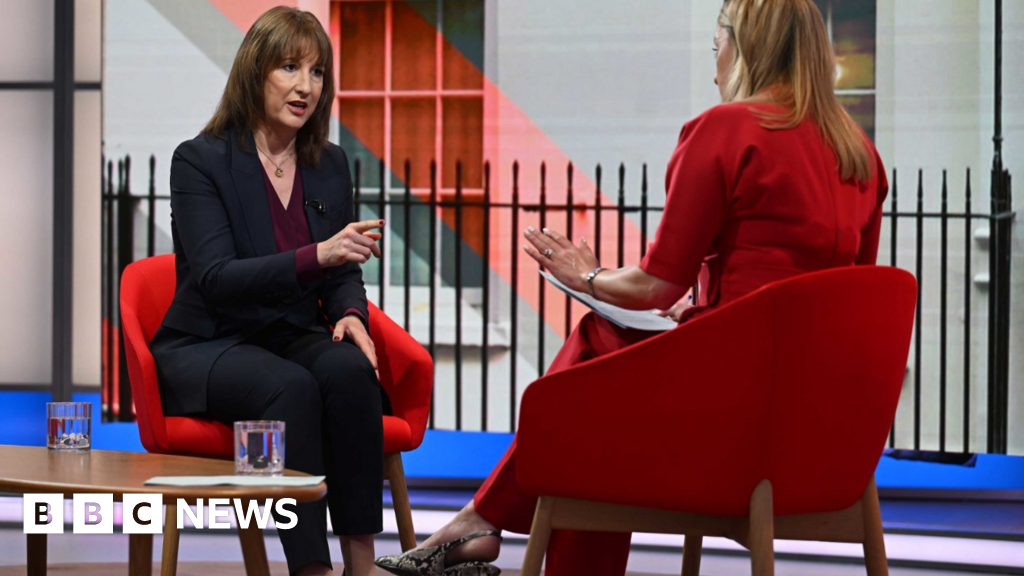The October 12, 2025, presidential election in Cameroon has culminated in a familiar, yet deeply contested, outcome. While official results are pending proclamation by the Constitutional Council, the political landscape is fractured by competing victory claims and allegations of electoral malpractices. Opposition candidate Issa Tchiroma, a former ally of Biya, has declared victory, a move mirrored by fervent supporters and key members of President Paul Biya’s ruling Cameroon People’s Democratic Movement (CPDM). This climate of dual claims creates a tense political stalemate, yet the ultimate institutional authority rests with the Constitutional Council, which is widely anticipated to declare Biya the winner, thereby extending his rule into a fifth decade. This recurring cycle of contested elections and institutional reaffirmation has once again ignited interest on the mechanisms of political survival in authoritarian-leaning regimes. Cameroon stands as a stark monument to the complexities of leadership longevity, presenting challenges to existing theories of political survival.
Among the most influential frameworks for understanding this phenomenon is the selectorate theory of political survival, articulated most comprehensively by Bruce Bueno de Mesquita, Alastair Smith, Randolph M. Siverson, and James D. Morrow in their seminal work, The Logic of Political Survival. The theory posits a universal calculus through which leaders, by manipulating a core coalition of supporters within a larger body of potential backers, can engineer their own political permanence. At first glance, Biya’s Cameroon, with its entrenched patronage networks and a ruling party that has mastered the levers of state power, appears to be a textbook case of selectorate theory in action.
However, a deeper analysis reveals a significant puzzle. While the theory offers valuable insights, its application to Cameroon is fraught with anomalies that expose its limitations. The Cameroonian case demonstrates that the theory’s rational-choice core, focused on the strategic distribution of goods to a calculable coalition, struggles to fully account for the pervasive, informal, and often passive logics of a neopatrimonial state. This article, seeks to critically evaluate the explanatory power of selectorate theory for understanding Biya’s longevity. It will argue that while the theory provides a useful starting point, its inability to adequately incorporate the dynamics of systemic coercion, the strategic use of political inertia, and the insulating role of international actors limits its comprehensiveness in the Cameroonian context.
This article is structured in three parts. First, it outlines the core tenets of selectorate theory, establishing its theoretical framework. Second, it systematically analyzes the limitations of this theory when applied to Cameroon. Finally, the conclusion synthesizes these critiques and calls for a more nuanced, context-sensitive approach to theorizing political survival in Africa’s long-lasting regimes.
The Selectorate Theory of Political Survival
Selectorate theory is a formal model of politics that reduces the complexities of governance to a strategic game of coalition-building. Its power lies in its parsimony, explaining a wide range of political outcomes—from democratic accountability to kleptocratic dictatorship—using a few key variables. The theory divides the politically relevant population into three nested groups: the residents, who are the entire population subject to the government’s authority; the selectorate, which is the subset of residents with a formal role in selecting the leader (such as voters in a democracy or party members in a single-party state); and the winning coalition, defined as the minimal set of supporters within the selectorate whose endorsement is essential for the leader to retain power.
The central logic of political survival, according to the theory, revolves around the leader’s need to maintain the loyalty of this winning coalition. Leaders achieve this through the strategic distribution of two types of goods: private goods and public goods. Private goods are benefits that can be targeted exclusively to coalition members, such as bribes, cabinet positions, lucrative business contracts, and state jobs. Public goods, in contrast, are benefits that are non-excludable and available to all residents, such as national security, public health, infrastructure, and the rule of law. The theory’s critical insight is that the size of the winning coalition relative to the selectorate determines a leader’s strategy. In systems with a small winning coalition, such as autocracies, leaders find it more efficient to stay in power by providing private goods to their essential backers. The loyalty of these backers is high because their privileged position is entirely dependent on the incumbent’s survival; if the leader falls, a new leader will likely form a new coalition, leaving the old one marginalized. This creates powerful incentives for leadership loyalty among backers. Conversely, in systems with a large winning coalition, such as democracies, it is too costly to buy off everyone with private goods. Leaders are thus compelled to provide public goods to secure the support of the broader selectorate. From this perspective, a leader like Biya, presiding over a system with a small winning coalition, should be expected to engage in rampant corruption and patronage, neglecting public goods provision, precisely because it is the most rational strategy for his own political survival. On the surface, this aligns with narratives of Cameroon where elite predation is the norm.
Limitations of the Selectorate Theory in the Cameroonian Context
While selectorate theory provides a compelling macro-level explanation, its application to Cameroon reveals several critical limitations that stem from its abstraction and its rational-choice assumptions. The first limitation is the illusory distinction between public and private goods in a neopatrimonial system. Selectorate theory operates on a clear dichotomy between these two types of goods. In Cameroon, this distinction is profoundly blurred by the logic of neopatrimonialism, where the state is treated as a private resource of the ruler and his coalition. The provision of what appears to be a “public good” is often instrumentalized for private, political ends. An example is the strategic establishment of the University of Ebolowa (among three newly created state universities) as a gift to the South Region, President Biya’s home region. While the expansion of higher education is ostensibly a public good, the location of this institution follows a political, rather than a technocratic, logic. Despite the South Region having a relatively smaller population and less demographic pressure for a standalone university compared to more densely populated urban centers (such as Douala, the country’s economic capital city which has only one public university), Ebolowa was prioritized for this significant state investment. This decision functions as a massive, state-funded private good for the local elites and population, cementing their loyalty through a highly visible symbol of presidential favor. The university creates public-sector jobs, stimulates the local economy, and grants educational access that can be framed as a direct benefit of belonging to the regime’s core ethno-regional base.
Consequently, the University of Ebolowa is public in form—a state-owned institution open to all qualified students—but private in its core political logic and distribution of benefits. Its primary purpose is the reinforcement of a patronage network, rewarding a key constituency within the winning coalition. Selectorate theory, with its clean binary of public versus private goods, struggles to categorize this hybrid phenomenon. It cannot adequately conceptualize a scenario where the very apparatus of the state, tasked with providing public goods, is systematically leveraged as the primary mechanism for private, political gain, thereby ensuring the survival of the leader and his coalition.
The second limitation concerns the problem of the “nominal” selectorate and the overwhelming reality of coercion. Selectorate theory assumes a selectorate that possesses at least a nominal and consequential role in choosing the leader. In Cameroon, while the selectorate is formally the entire electorate, its actual power is systematically neutralized, a fact sharply illustrated by the trajectory of recent presidential elections. The 2018 poll, which extended Biya’s rule, was characterized by an internet shutdown in the Anglophone regions and reported irregularities, setting a precedent for the tense 2025 elections.
The 2025 election has witnessed a significant escalation in contestation. Opposition candidate Issa Tchiroma has not only claimed victory but has taken the unprecedented step of publishing his own tally while decrying suspected electoral malpractices. These alleged malpractices are multifaceted. A central allegation involves the falsification of results from local polling stations, particularly in the restive Anglophone regions (Ambazonia), where a combination of a separatist-enforced lockdown and widespread disenfranchisement led to an extremely low voter turnout. Further allegations detailed by observers include ballot stuffing, overt vote-buying, and intimidation orchestrated by the Minister of Territorial Administration, Paul Atanga Nji, who has directed governors to “quench’’ threats to public order.
The regime’s coercive strategy extends beyond election day logistics to a direct intimidation of its primary challenger. As tensions flared following the vote, a conspicuous deployment of the elite Rapid Intervention Battalion (BIR) was reported in Garoua, where military vehicles were positioned around the residence of Issa Tchiroma, effectively surrounding him and his supporters. This overt show of force serves as a clear message against any attempt to mobilize public protest against the official results. Simultaneously, in a move to preemptively criminalize dissent, several administrative officials, especially those in opposition strongholds in the Littoral, West, and Northwest Regions have issued decrees banning public gatherings as the country awaits the Constitutional Council’s final ruling. The likely outcome—a validation of Biya’s victory by the Council, a body staffed by presidential appointees—will merely confirm that elections are rituals of legitimation rather than genuine contests.
This reality points to a more fundamental limitation of selectorate theory: it profoundly under-theorizes the role of systemic coercion and the active suppression of the selectorate itself. The theory focuses on buying loyalty within a defined coalition but pays insufficient attention to how that coalition is maintained by actively disenfranchising, intimidating, and repressing the larger selectorate and resident population. The Cameroonian state’s security apparatus is not merely a public good provider but a key pillar of regime survival, deployed to orchestrate electoral fraud, physically encircle opposition leaders, and legally prohibit collective action. This strategic deployment of violence and administrative intimidation to dismantle the very possibility of a meaningful selectorate falls entirely outside the core coalition-based calculus of the selectorate model, revealing a critical gap in its explanatory power for regimes where coercion is a primary, rather than a supplementary, tool of political survival.
Perhaps the most Cameroonian-specific limitation of selectorate theory is its inherent bias towards action and its failure to account for the “agency of inertia” as a strategic survival strategy. The model presupposes a leader actively distributing goods, reshuffling cabinets, and making calculated moves to maintain coalition loyalty. However, a central pillar of Biya’s strategy has been a calculated politics of passivity, delay, and strategic absence. Political inertia is not mere negligence but a deliberate tool of governance. This inertia manifests in several tangible ways. First, President Biya is notorious for his prolonged absences from the country, often spending extended periods at the Intercontinental Hotel in Geneva. These absences create a political vacuum that paralyzes the state bureaucracy, ensuring no major decisions—which could create winners and losers within the coalition—are made in his absence. Second, he seldom convenes cabinet meetings, sometimes allowing a year or more to pass between sessions. This starves the government of executive direction and prevents any coordinated policy challenge from emerging within his own administration. Most tellingly, despite a devastating secessionist conflict in the Anglophone regions, Biya has not visited the Northwest or Southwest Regions in over a decade. This physical detachment allows him to remain above the fray, avoiding the political risks of direct engagement while the conflict serves to justify a permanent state of emergency and centralize power further.
By refusing to address fundamental problems through decisive action, Biya avoids making choices that would inevitably alienate factions within his winning coalition. Any meaningful reform, be it decentralization to address the Anglophone crisis or a genuine anti-corruption drive, would disrupt the delicate equilibrium of his patronage network. Instead, he appoints commissions, calls for dialogue that leads nowhere, and allows crises to fester, thereby avoiding the hard choices that could fracture his support base. This strategic inertia itself becomes a powerful political tool, maintaining a stagnant but stable status quo that benefits those already in power. Selectorate theory, focused on the active provision of goods, has no variable for this strategic non-provision of leadership and solutions. Biya’s longevity is not just a product of what he does, but of what he steadfastly and calculatedly refuses to do.
Finally, a critical blind spot in selectorate theory is its state-centric focus, which neglects the dimension of international patronage and insulation. It largely ignores the role of external actors in bolstering a leader’s survival. For Biya, Cameroon’s relationship with former colonial power France has been a cornerstone of his regime’s endurance, operating through a neocolonial framework often termed “Françafrique”.
This model is characterized by deeply entangled political, economic, and military ties that provide crucial external support. Key elements include close security cooperation, formalized through defense agreements that have historically provided the regime with training and equipment for its security forces. Furthermore, the management of the CFA franc—a currency pegged to the euro and guaranteed by the French Treasury—is a pivotal aspect of this relationship. Critics argue this arrangement limits economic sovereignty and facilitates elite capital flight, but it also provides macroeconomic stability that benefits the incumbent regime. Diplomatically, France has consistently offered Biya’s government crucial cover in international forums, often downplaying governance concerns and human rights issues. This multifaceted support system functions as an external stream of private and public goods for the regime. It provides military backing for internal security, a stabilizing currency that mitigates economic crises, and diplomatic legitimacy.
Conclusion
The selectorate theory of political survival offers a powerful and parsimonious lens through which to view the strategic calculations of leaders worldwide. Its application to Cameroon correctly highlights the centrality of a small winning coalition and the prevalence of a political economy based on patronage and private goods. However, as this article has demonstrated, the theory’s limitations are stark when confronted with the intricate and often passive reality of Paul Biya’s four-decade reign. The Cameroonian case shows that the theory’s clean distinctions between public and private goods collapse in a neopatrimonial setting. It reveals that the theory’s focus on buying loyalty underestimates the regime-sustaining role of systemic coercion and the strategic disenfranchisement of the nominal selectorate, as vividly illustrated by the contentious 2025 election and its predictable trajectory through state institutions. Most critically, the model’s action-oriented framework fails to capture the profound effectiveness of Biya’s “agency of inertia”—a politics of inaction that maintains coalition stability through strategic inaction. Finally, its state-centrism neglects the crucial insulating function of international patrons.
The scholarly contribution of this analysis, therefore, is to move beyond a simple application of selectorate theory and to call for its refinement. Understanding Biya’s longevity requires a theoretical synthesis that integrates the core logic of coalition management with a deeper appreciation for the specificities of the post-colonial African state. This includes a robust theorization of neopatrimonialism, a central role for coercive institutions, a framework for incorporating international actors, and, pivotally, a conceptual place for the strategy of inertia as a deliberate tool of political survival. President Biya’s rule is not an anomaly to be explained away by a universal model, but a profound puzzle that demands theoretical innovation. The challenge for political scientists is to develop frameworks that are as complex, resilient, and context-aware as Biya himself has proven to be. Only then can we truly decipher the multifaceted logic of his enduring political survival.

 Movie
Movie 1 month ago
70
1 month ago
70 





![Presidents Day Weekend Car Sales [2021 Edition] Presidents Day Weekend Car Sales [2021 Edition]](https://www.findthebestcarprice.com/wp-content/uploads/Presidents-Day-Weekend-car-sales.jpg)




 English (United States)
English (United States)